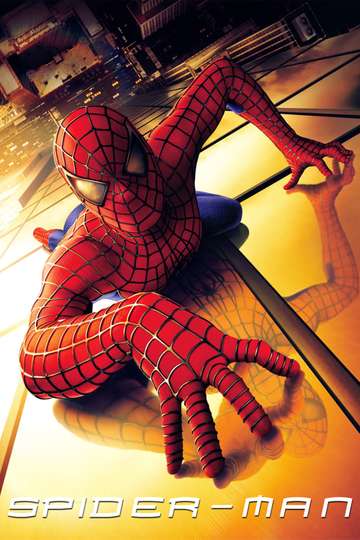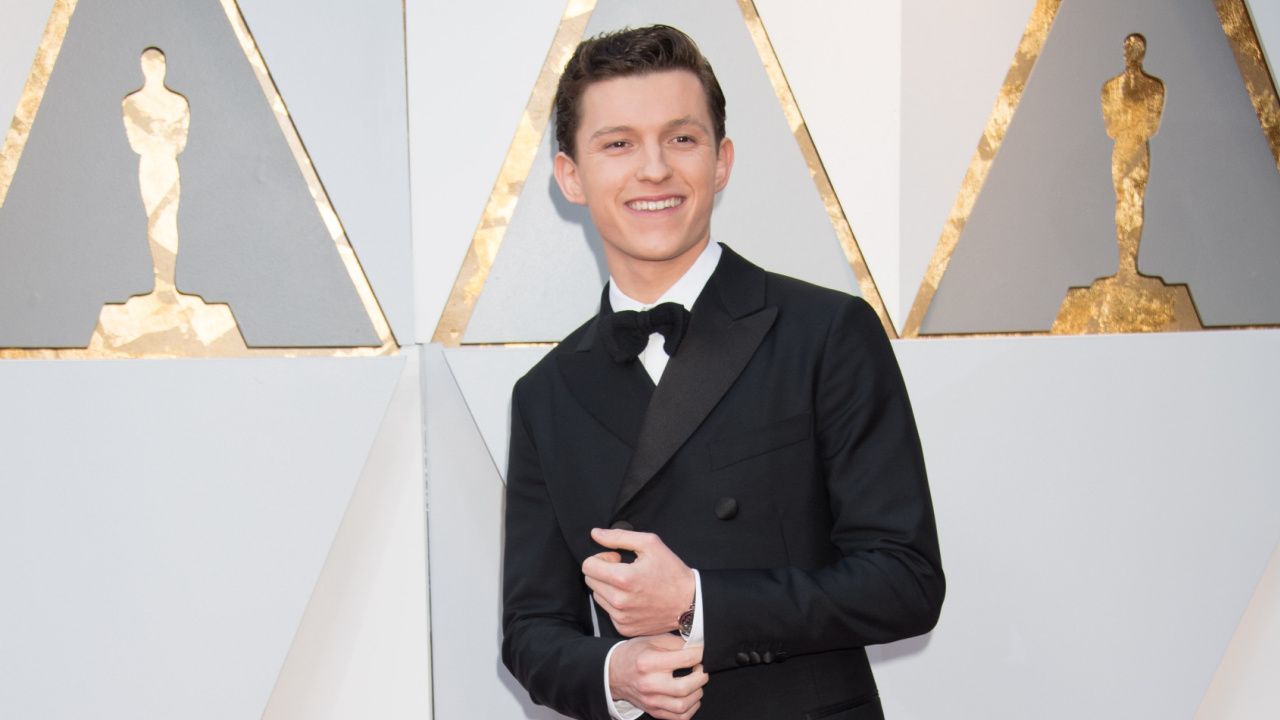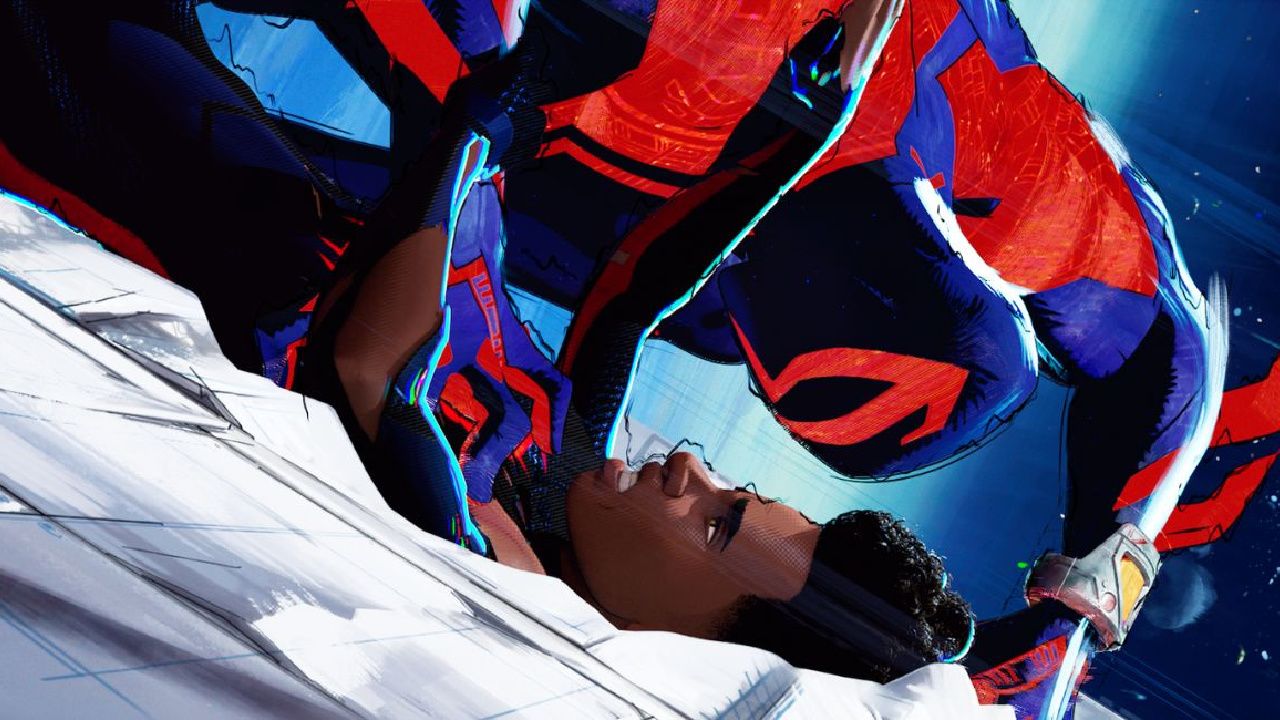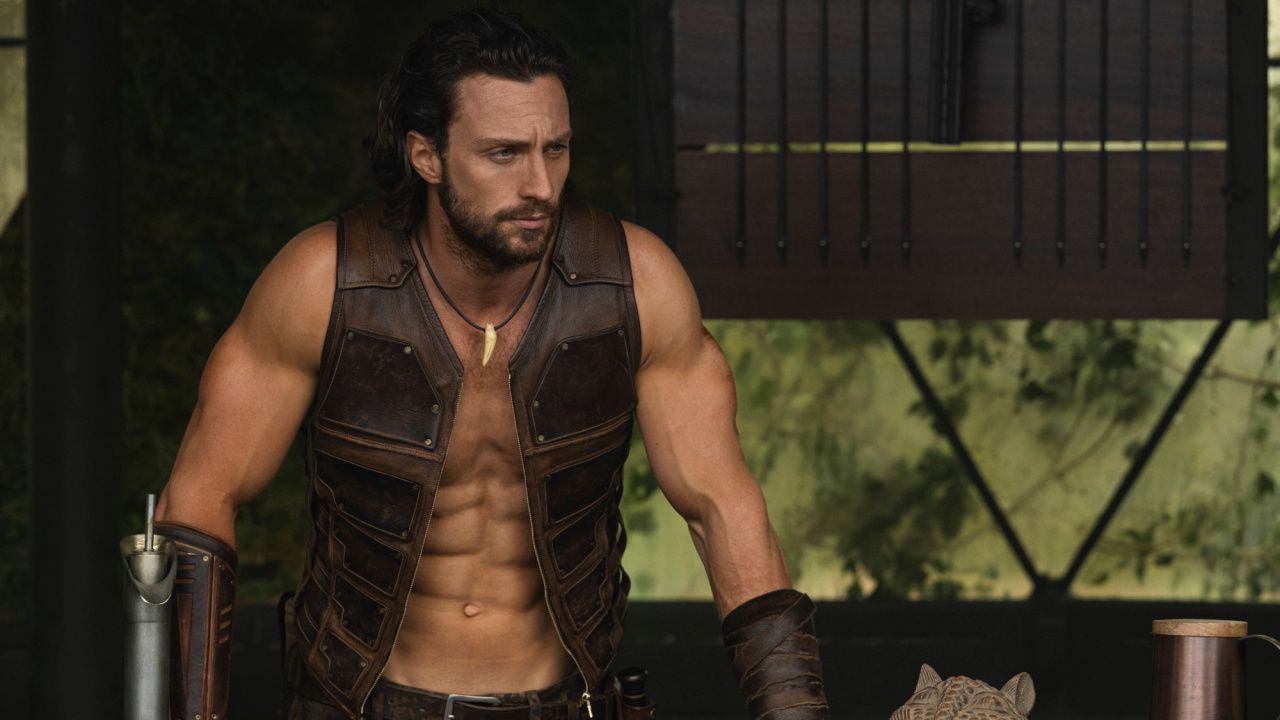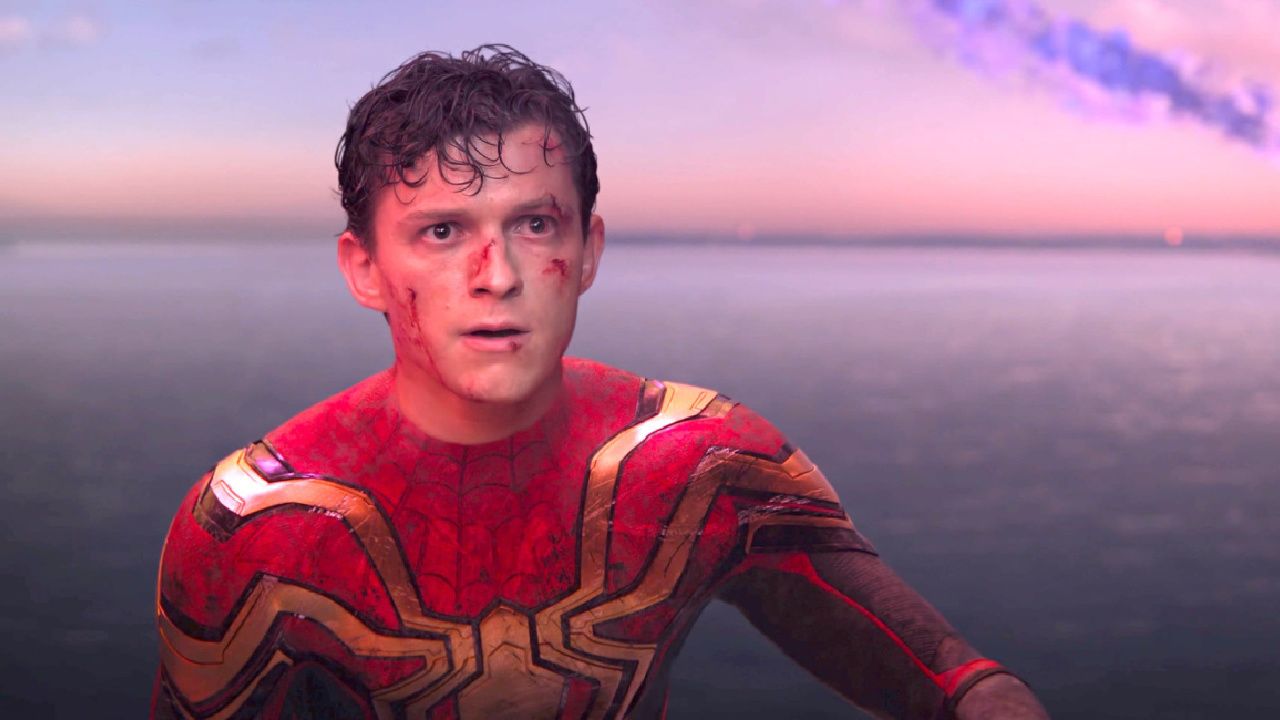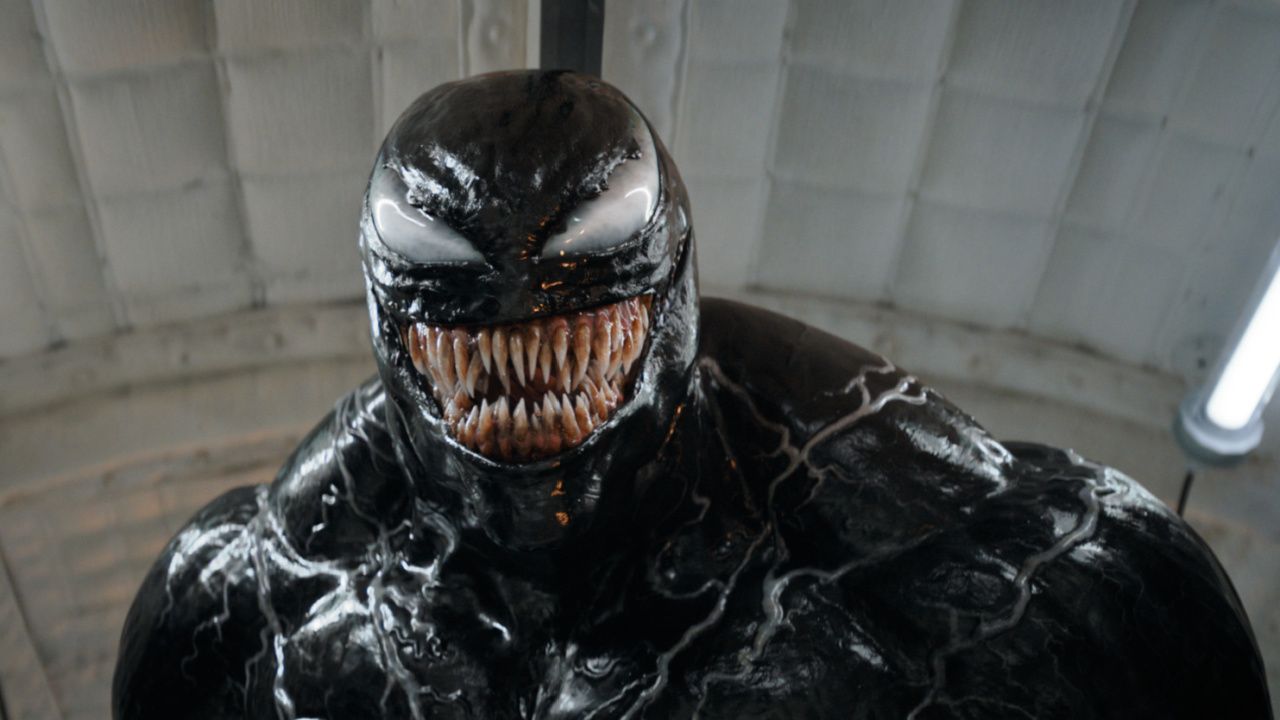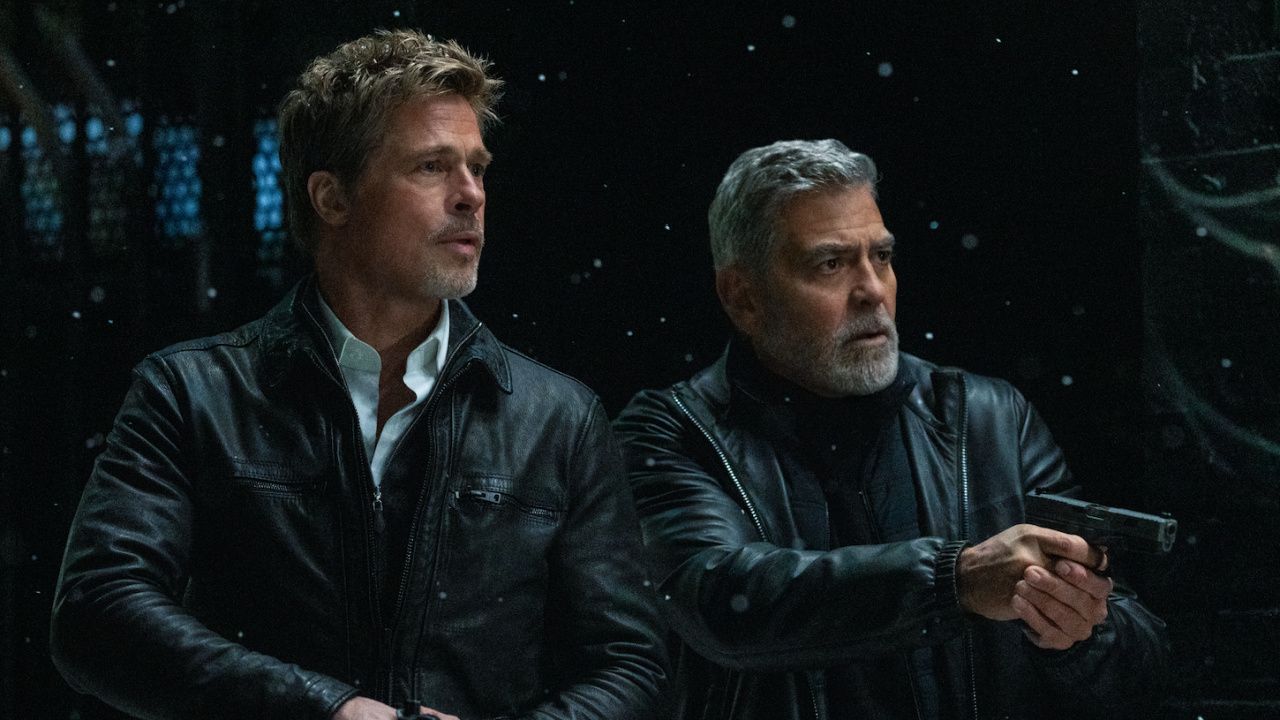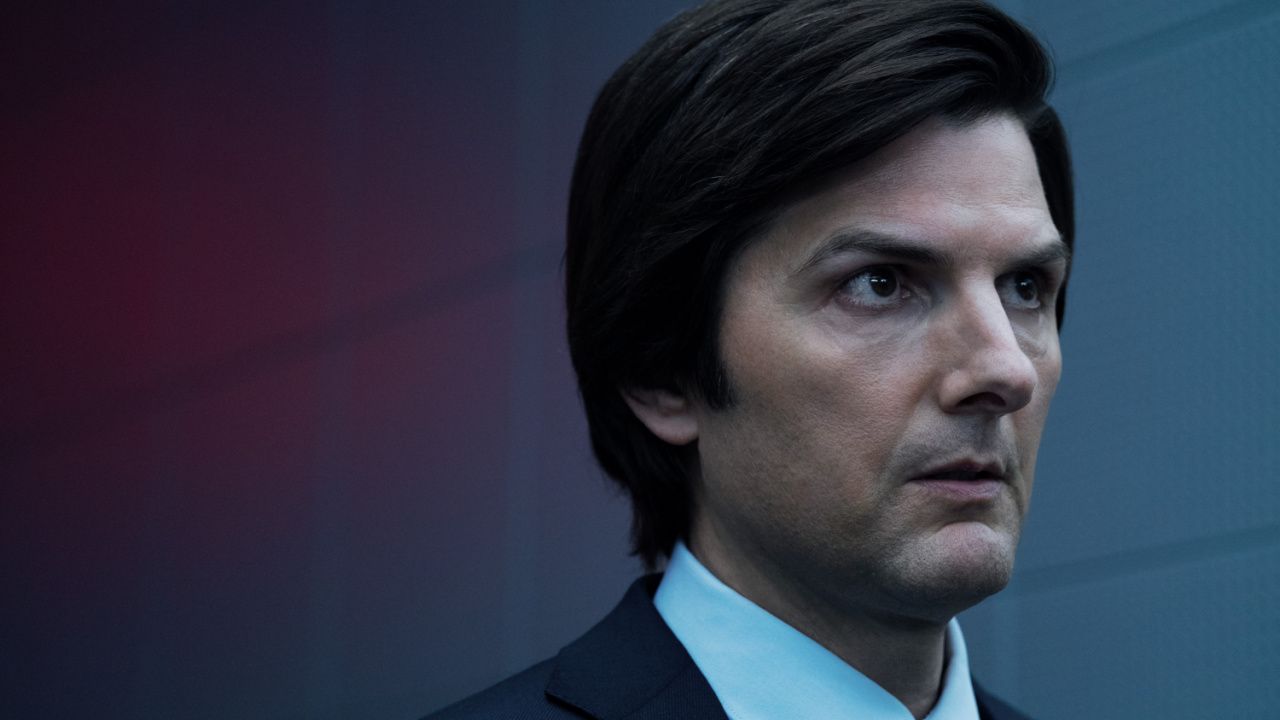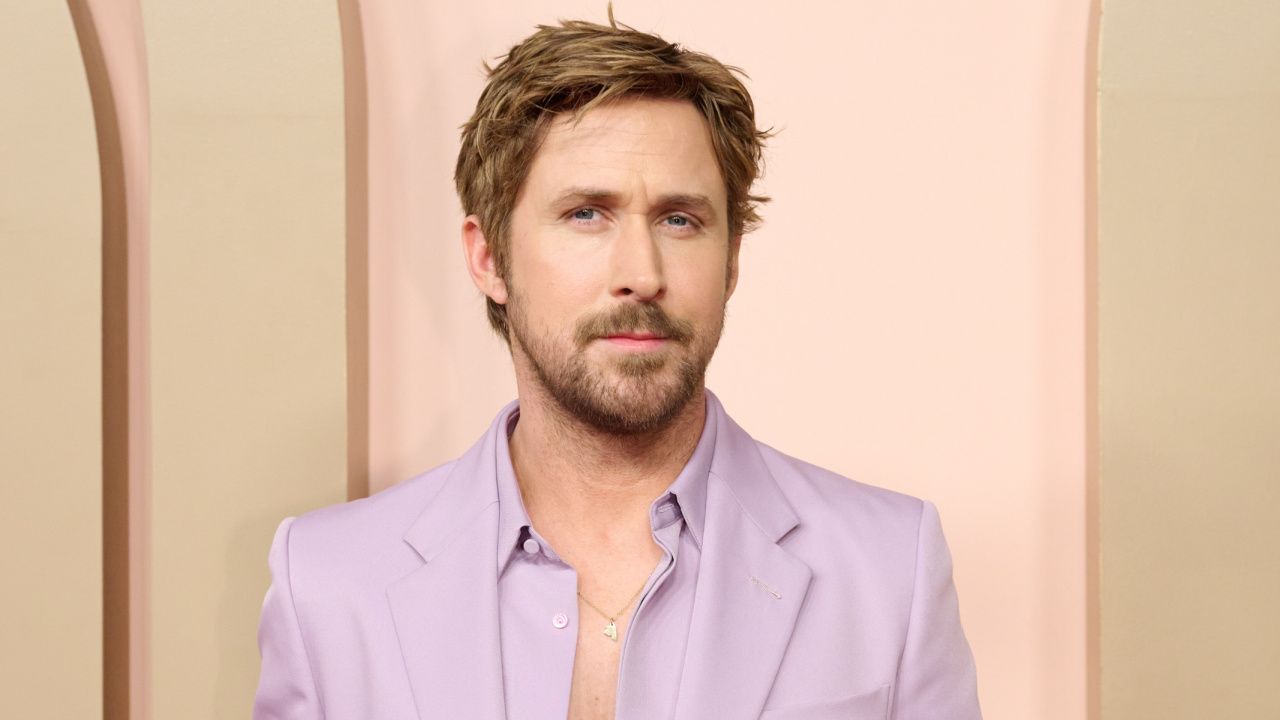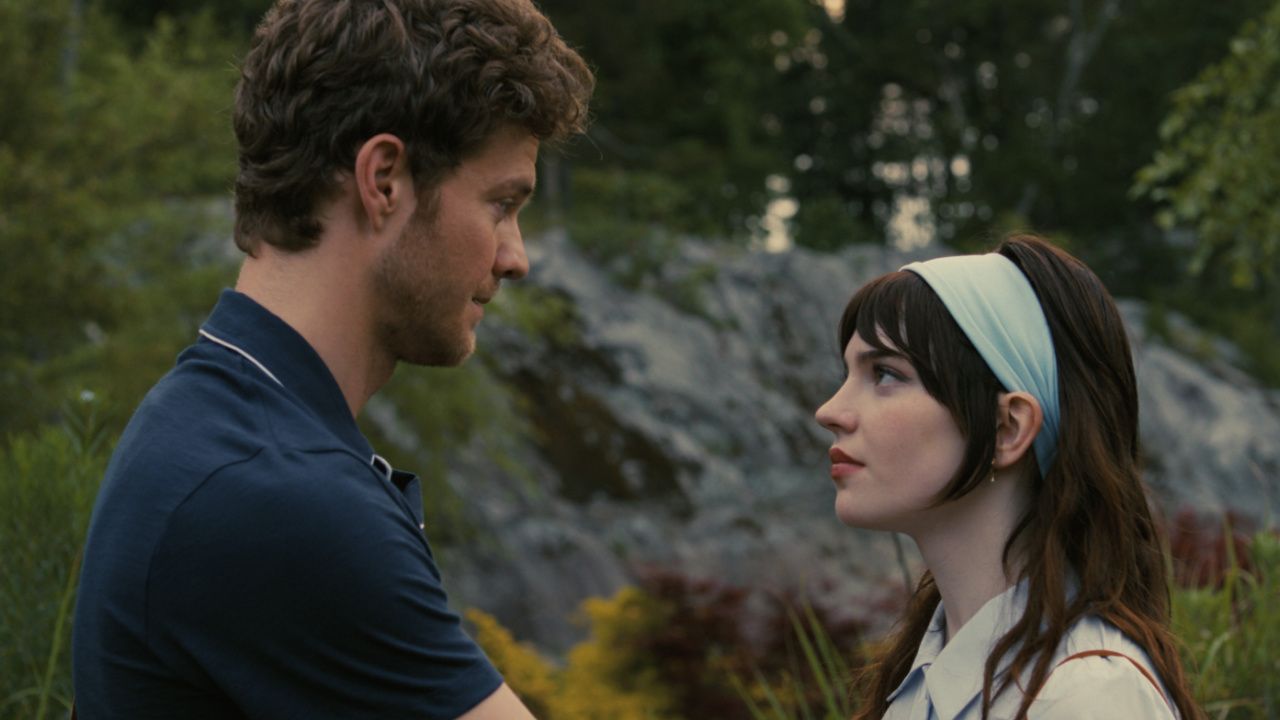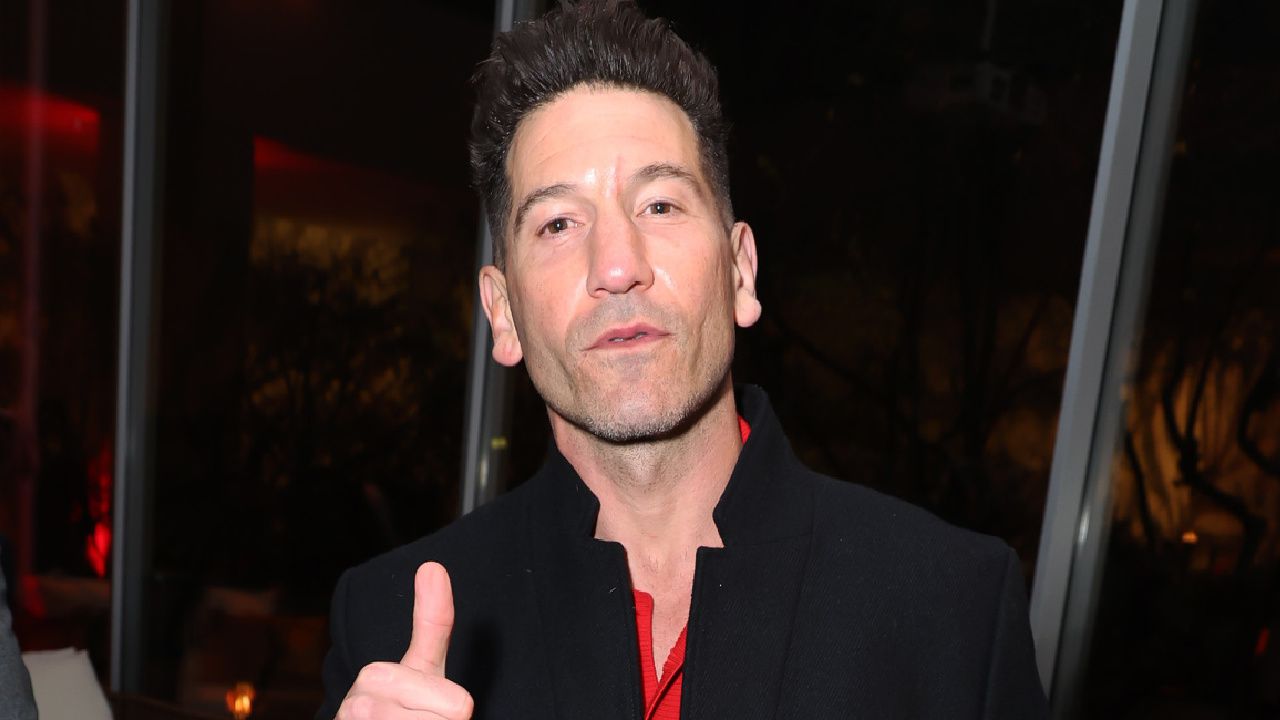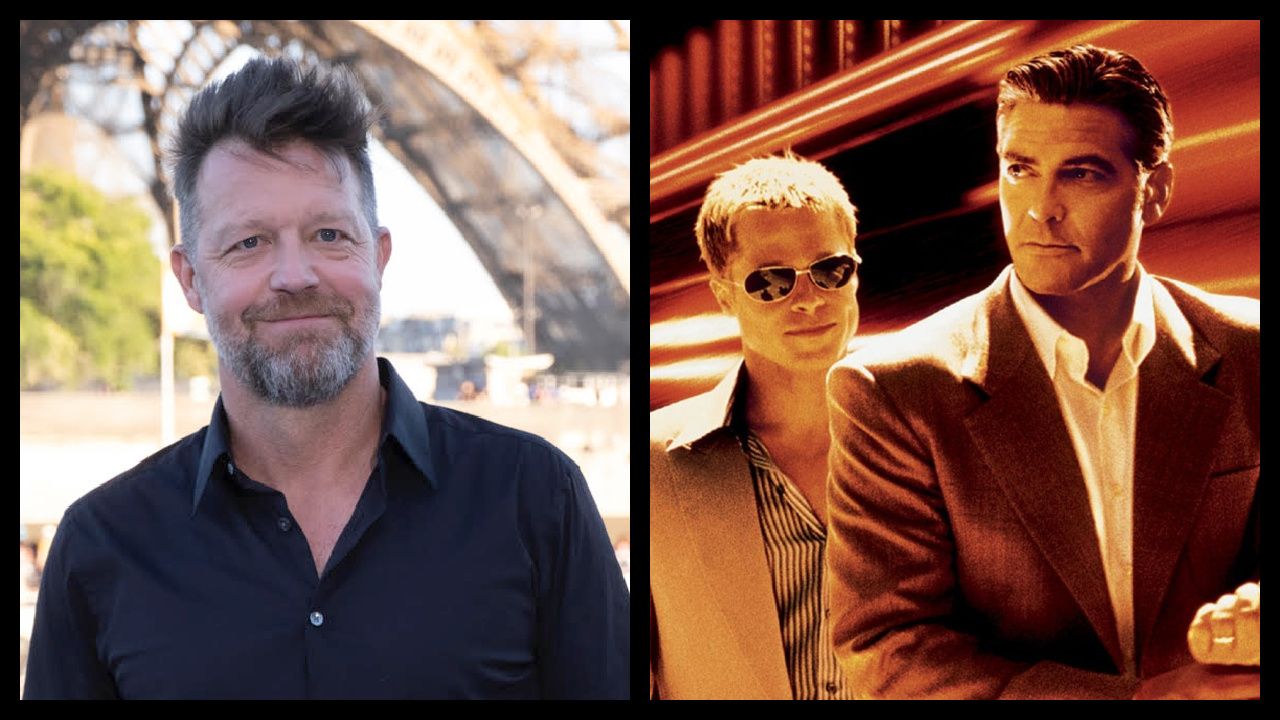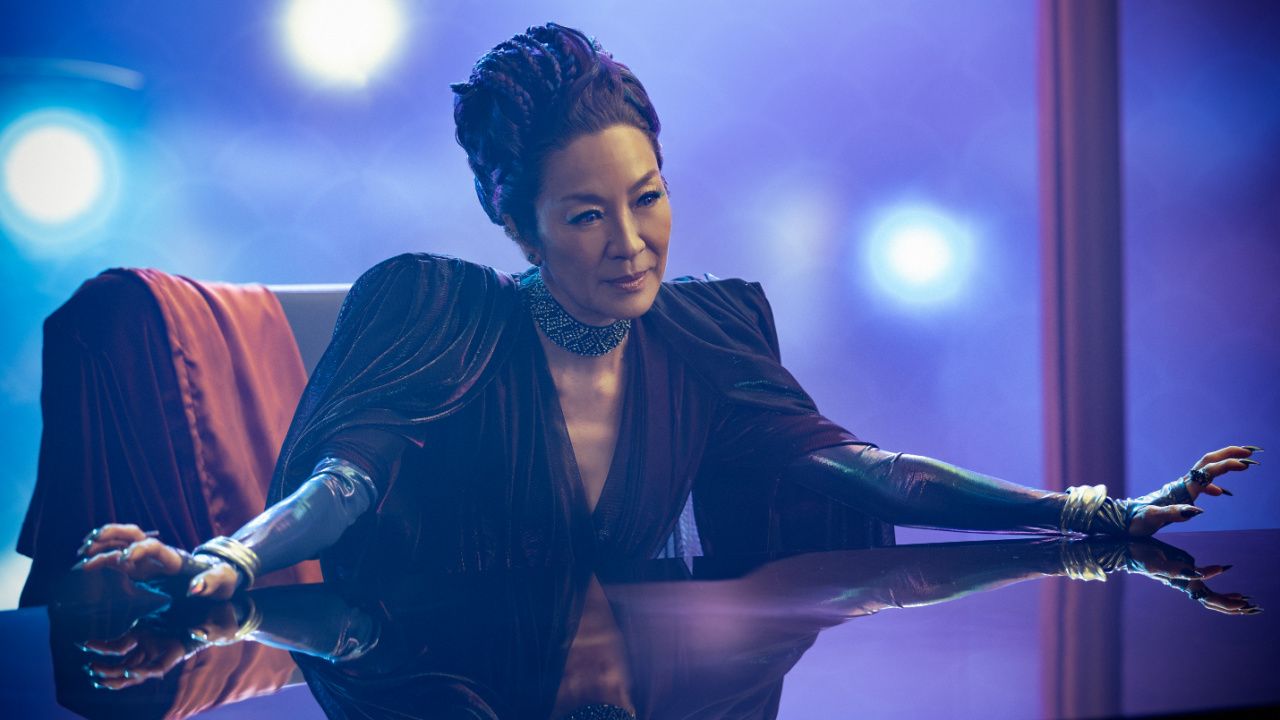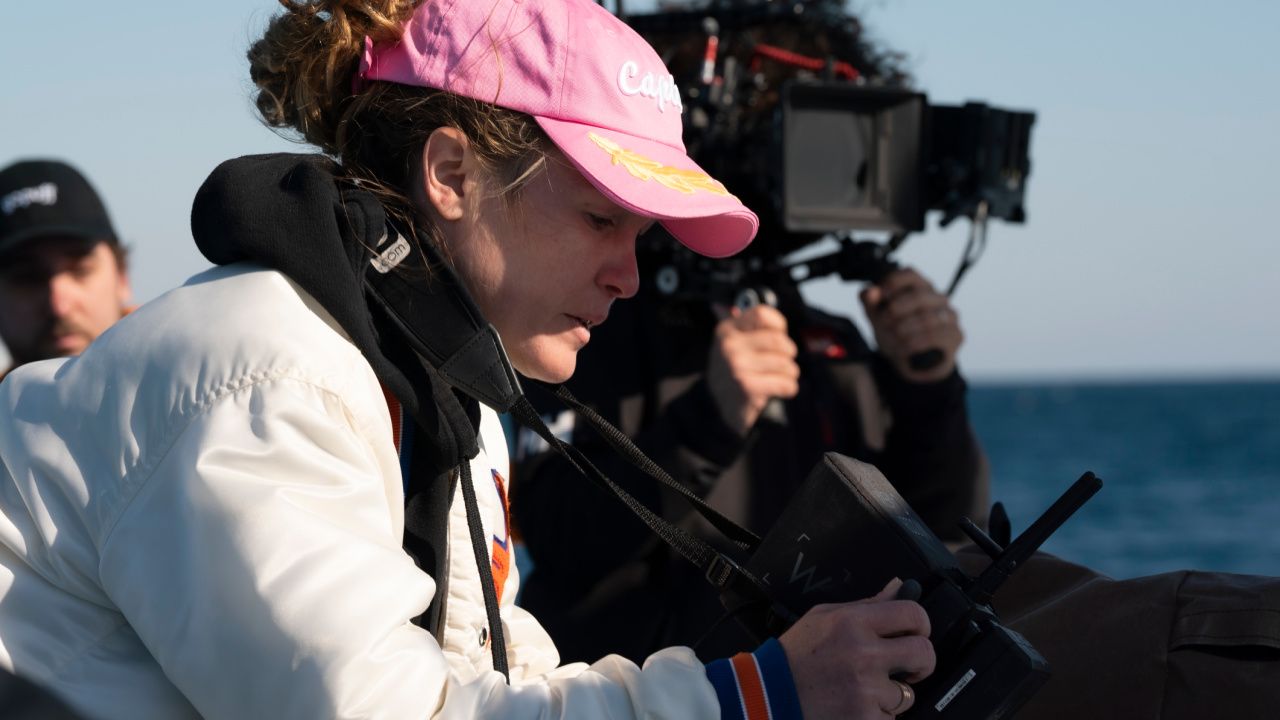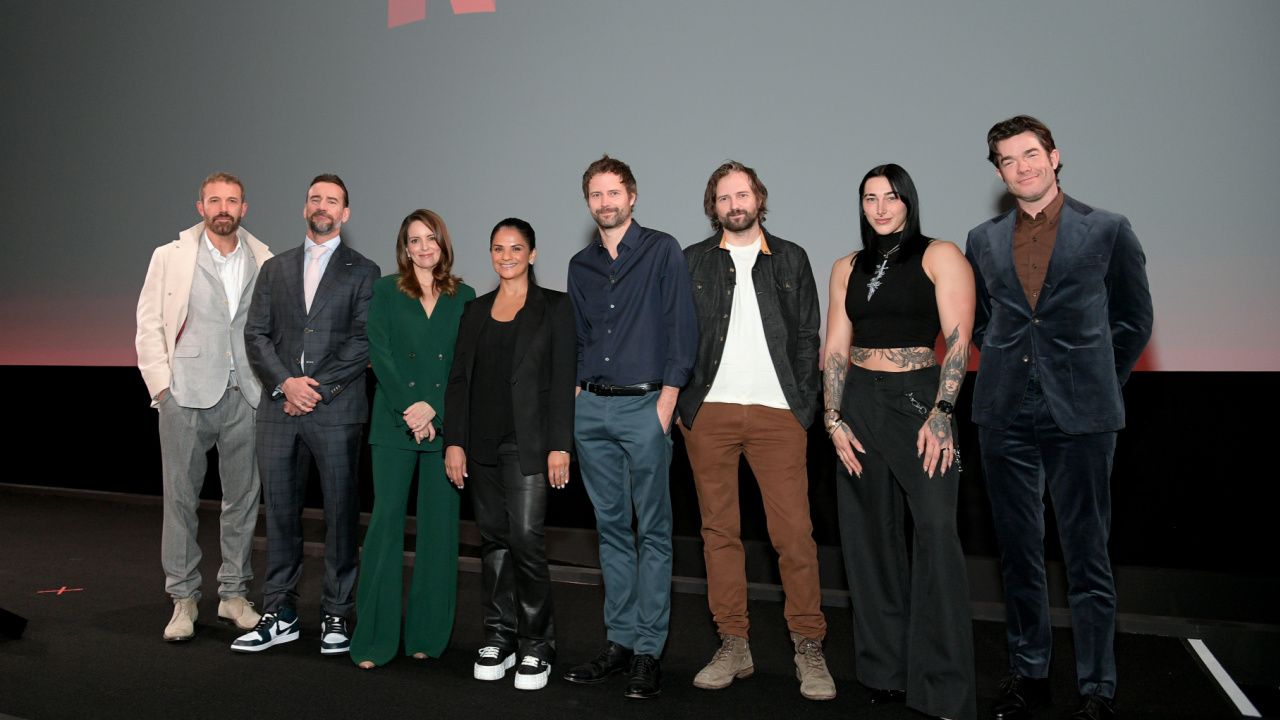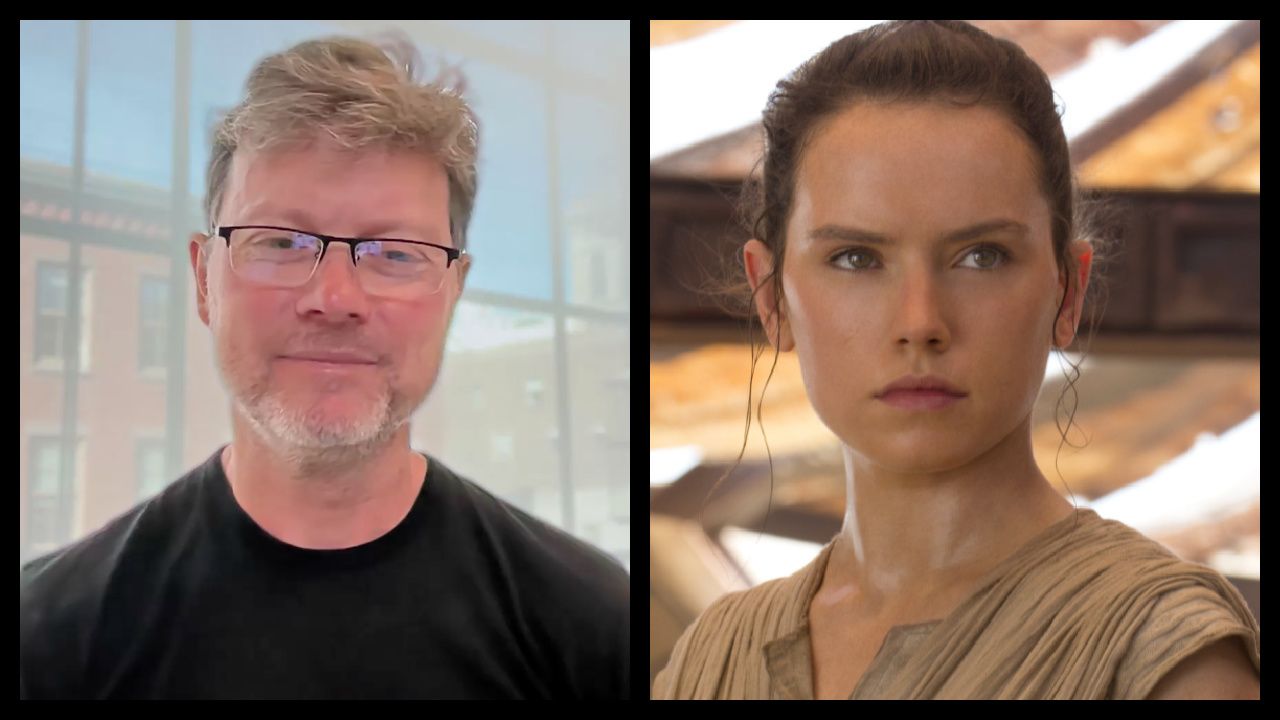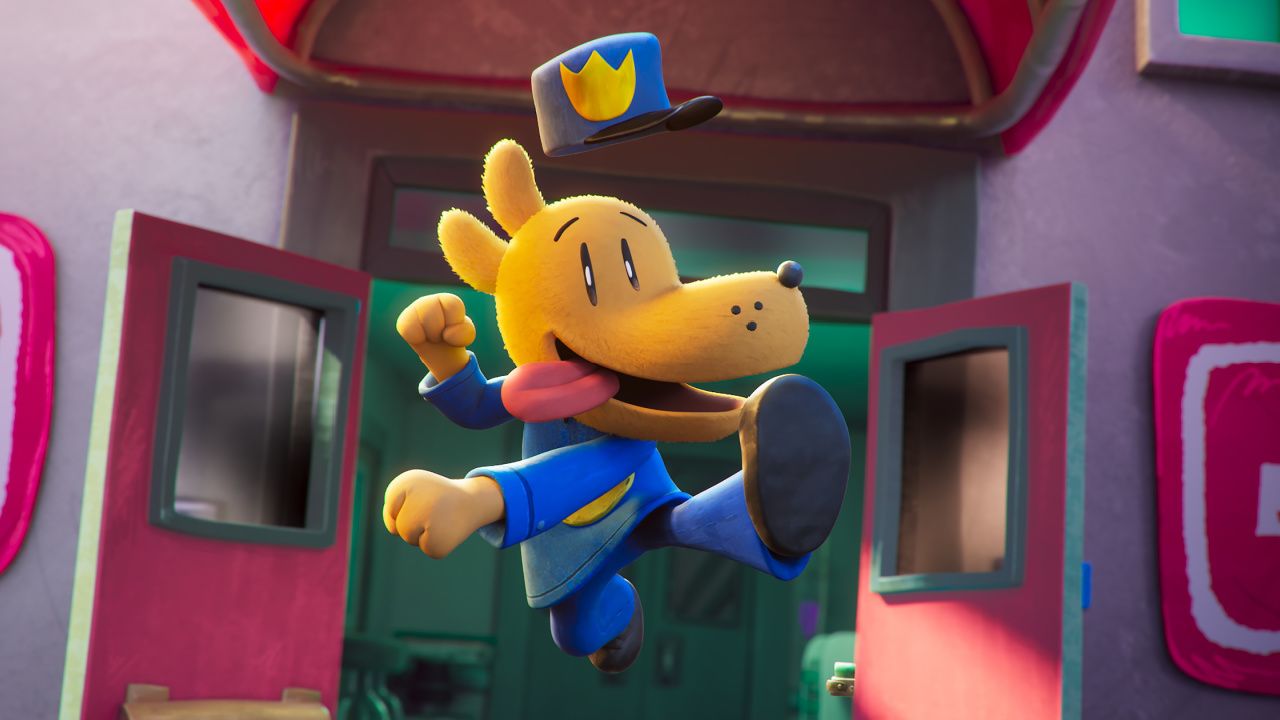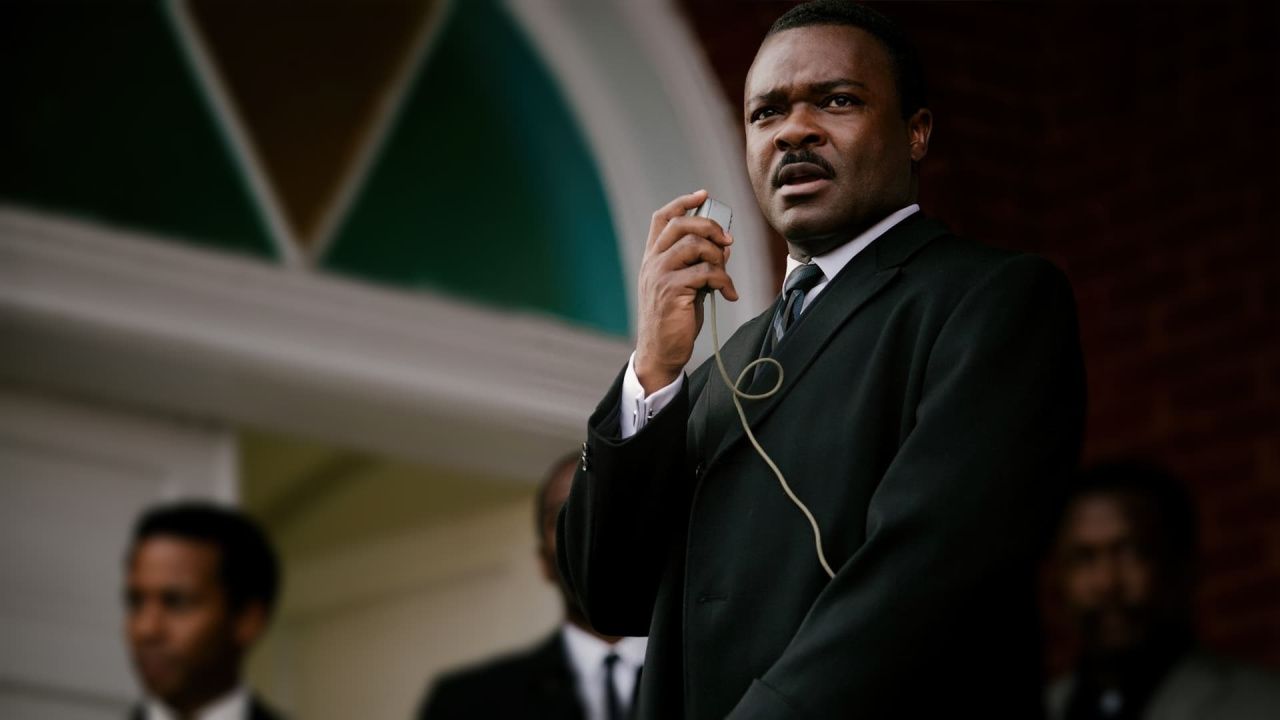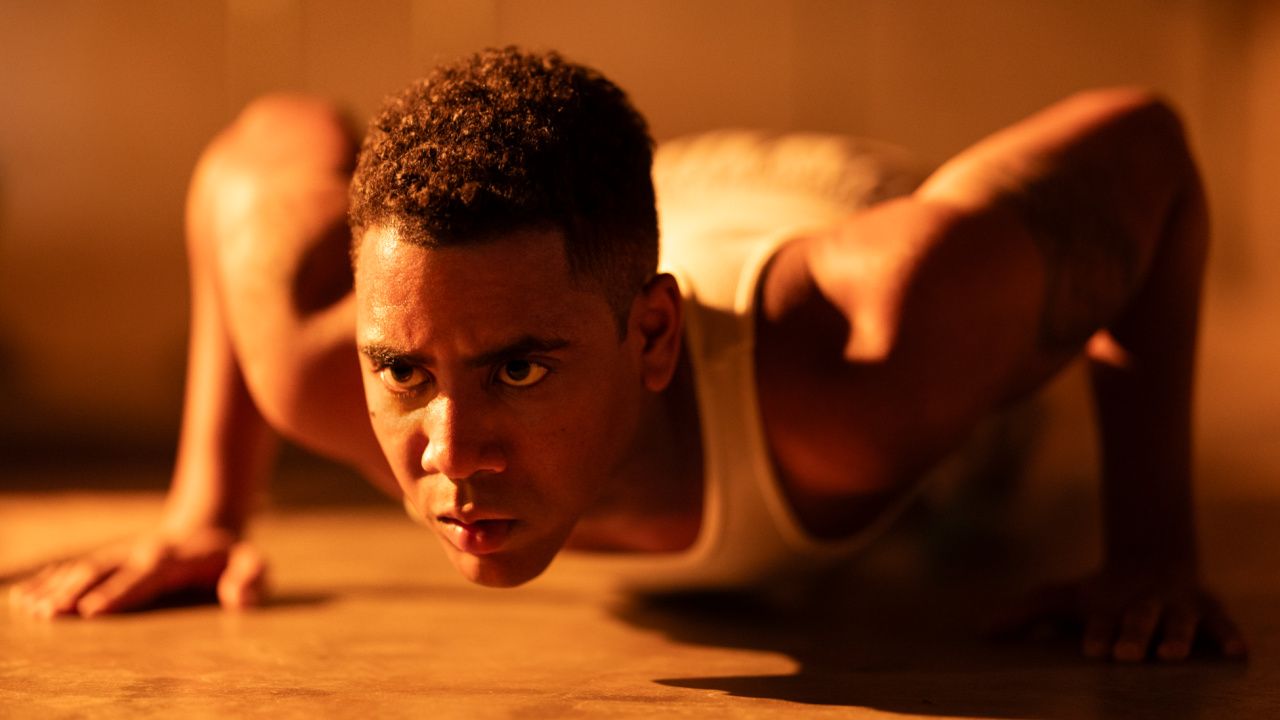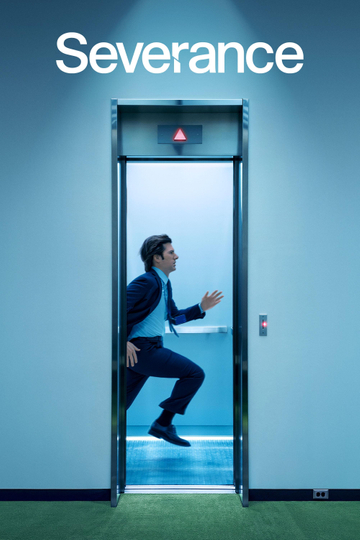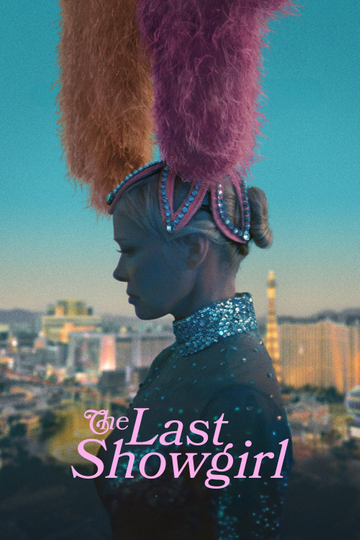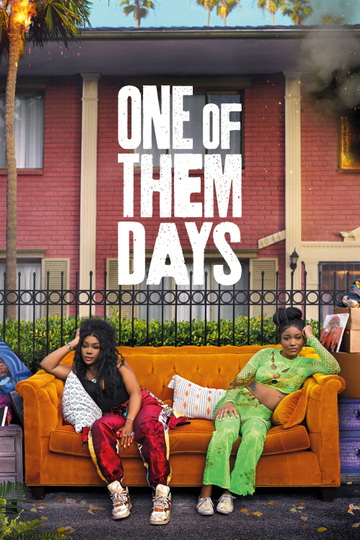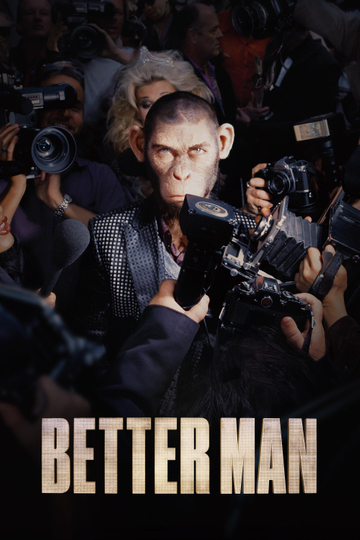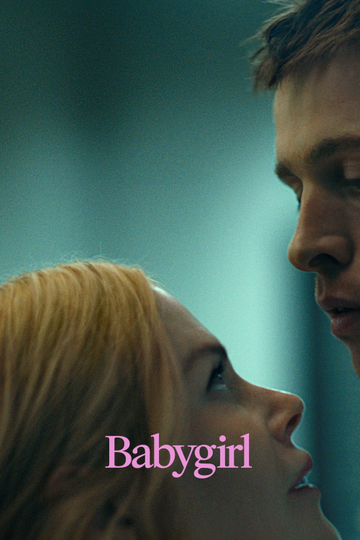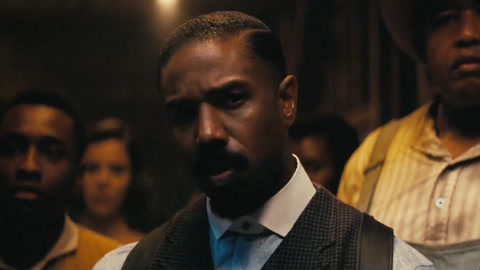24 Things You Never Knew About Sam Raimi's 'Spider-Man'
Hard to remember now, but there was a lot of skepticism about the first "Spider-Man" movie before it came out 15 years ago this week (on May 3, 2002).
Tobey Maguire as a superhero? A henna-haired Kirsten Dunst as love interest Mary Jane Watson? Directed by the guy whose best work was the micro-budget "Evil Dead" horror movies?
Yet it all somehow worked, breaking records on its opening weekend, launching a lucrative franchise, and making bankable A-listers out of Maguire, co-star James Franco, and director Sam Raimi. Here's how Marvel's web-swinger vaulted over many obstacles and spun one of the most beloved of all superhero sagas.
1. One reason it took until 2002 to get a Spidey movie made: nearly two decades worth of lawsuits over who controlled the film rights. It came down to a battle between MGM, the studio whose only reliable source of revenue was the James Bond series, and Sony. The studios finally agreed to a swap: MGM would give up its Spider-Man claim if Sony would stop trying to make its own 007 movies (like Warner Bros. had with "Never Say Never Again").
2. While the lawyers were trying to unsnarl the legal webs, writers drafted several Spidey screenplays that never got made. One of the more bizarre efforts was a script more like "The Fly" than a superhero story, with a mad scientist subjecting Peter Parker to radiation experiments that transformed him into an eight-limbed freak, a violent human tarantula.
3. Another early script outline came from no less than James Cameron, who envisioned a story pitting Spider-Man against Electro and Sandman (villains who'd eventually find their way into later Spider-movies). 4. Cameron also came up with the idea of making Spider-Man's webs organic, rather than synthetic creations shot from a device worn on his wrist. A storyboard for what the filmmaker had planned can be seen above.
5. Eventually, the job of writing the "Spider-Man" screenplay went to "Jurassic Park" screenwriter David Koepp. He kept Cameron's organic-web concept, among other ideas, but changed the villains to Green Goblin and Dr. Octopus. Eventually, he decided that the daddy issues at play in the Goblin storyline were interesting enough to drop Doc Ock.
6. Two other script doctors polished Koepp's work; one was two-time-Oscar-winner Alvin Sargent, who'd resurrect the Doc Ock story in his own script for "Spider-Man 2." But ultimately, Koepp earned sole screen credit. (Sargent later married one of the franchise's producers, the late Laura Ziskin.)
7. Raimi (above, center) wasn't Sony's first choice to direct; other filmmakers up for the job included Chris Columbus, Jan de Bont, Roland Emmerich, Ang Lee, Tony Scott, M. Night Shyamalan, and David Fincher.
8. Fincher ultimately passed on the gig because he didn't want to do an origin story; rather, he wanted to do the tragic Gwen Stacy storyline that would eventually inform Marc Webb's "Amazing Spider-Man" movies. Ultimately, Raimi's life-long Spider-Man fandom earned him the gig.
9. Similarly, Maguire wasn't the first choice for Peter Parker. Among those on the short list: Wes Bentley, Leonardo DiCaprio, Edward Furlong (who had been Cameron's choice), Chris Klein, Heath Ledger, Freddie Prinze Jr., Jay Rodan, and Scott Speedman. But Raimi had enjoyed Maguire's lead performance in "The Cider House Rules" and was sure he could capture Peter Parker's insecurity and decency.
10. Also auditioning to play the lead were Franco, who ultimately landed the role of Peter's pal Harry Osborn instead, and Joe Manganiello, who was instead cast as bully Flash Thompson. It was the future "Magic Mike" actor's first job out of college.
11. For Mary Jane, Raimi envisioned actual redhead Alicia Witt. But Dunst, drawn by Raimi and Maguire's indie-film credentials, lobbied for the part and auditioned successfully.
12.Willem Dafoe landed the Green Goblin role only after Nicolas Cage, John Malkovich, Liam Neeson (Raimi's "Darkman" star), and John Travolta all said "no."
13. Maguire spent months buffing up and working with a physical trainer, a yoga teacher, a martial-arts master, and a climbing instructor. He also studied the movements of spiders in order to imitate them.
14. In a way, all the legal delays were fortunate, since a lot of the movie's stunts would have been impossible in the days when CGI was still primitive or non-existent. Sony suits found test shots of Spider-Man crawling up the side of a building so convincing that they thought they were seeing actual footage of Maguire in costume.
15. Producer Ian Bryce said the eight-minute Times Square sequence was even more complex to stage than the massive D-Day invasion he'd helped recreate in "Saving Private Ryan."
16. Raimi tried to shoot on real New York locations whenever possible, but most of the big action set-pieces -- including the Goblin's attacks on Times Square and the Queensboro Bridge (above) -- were shot primarily on Hollywood sets with computer-generated cityscapes added later.
17. Dafoe's Goblin costume bedeviled the filmmakers. It consisted of 580 pieces and took half an hour to put on, but Dafoe insisted on wearing it whenever possible instead of dressing a stunt double in it. Also, its green color meant it had to be filmed in front of a blue screen during effects shots, while Maguire's blue and red costume had to be shot against a green screen. So the two actors had to have their effects shots done separately, even in scenes where they appeared together.
18. The iconic upside-down kiss scene was shot on the New York street set of the Warner Bros. studio lot in Burbank.
19. During construction of a "Spider-Man" set in Hollywood, welder Tim Holcombe was killed in an accident involving a tumbling forklift. The studio was fined $59,000 for workplace safety violations.
20. The obligatory Stan Lee cameo -- he's briefly seen pulling a girl to safety during the Times Square attack -- was supposed to be longer. Initially, the Marvel Comics guru was supposed to approach Peter and say, "Hey, kid, would you like a pair of these glasses? They're the kind they wore in 'X-Men.'" But the scene was trimmed.
21. Speaking of "X-Men," Hugh Jackman's Wolverine was also supposed to have a cameo. But Sony and "X-Men" studio 20th Century Fox tussled over rights issues, and the appearance didn't happen.
22. "Spider-Man" was one of the first films forced to make changes in the wake of the 9/11 attacks. The film's first teaser featured a scene especially shot for the ad, in which Spidey traps a helicopter full of thieves in a giant web suspended between the World Trade Center towers. That teaser trailer had to be scrapped. Also, images of the Twin Towers had to be airbrushed out of the posters and digitally erased from the film.
23. "Spider-Man" cost a reported $139 million to make. When it premiered, it became the first movie ever to cross the $100 million mark its first weekend, debuting with a record $114.8 million. It would go on to earn $403.7 million in North America, making it the biggest hit of 2002. Worldwide, it grossed $821.7 million.
24. With Tom Holland gearing up to star as the third Spider-Man in 15 years (in July's "Spider-Man: Homecoming"), he's already earned Maguire's blessing. Posting on Instagram last summer after seeing Holland re-introduce the wall-crawler in "Captain America: Civil War," the original Peter Parker called his successor's performance "great."
